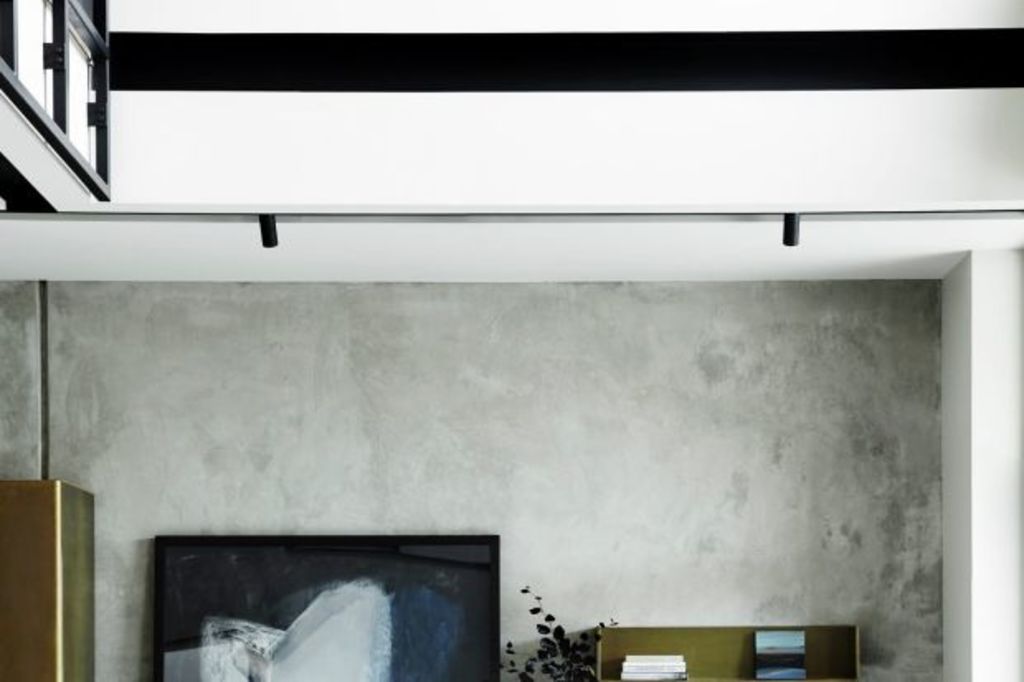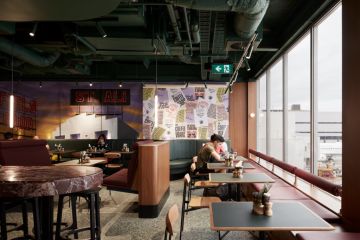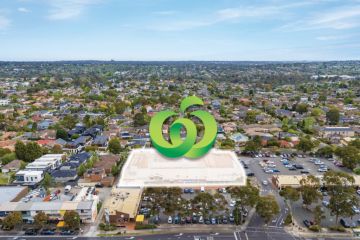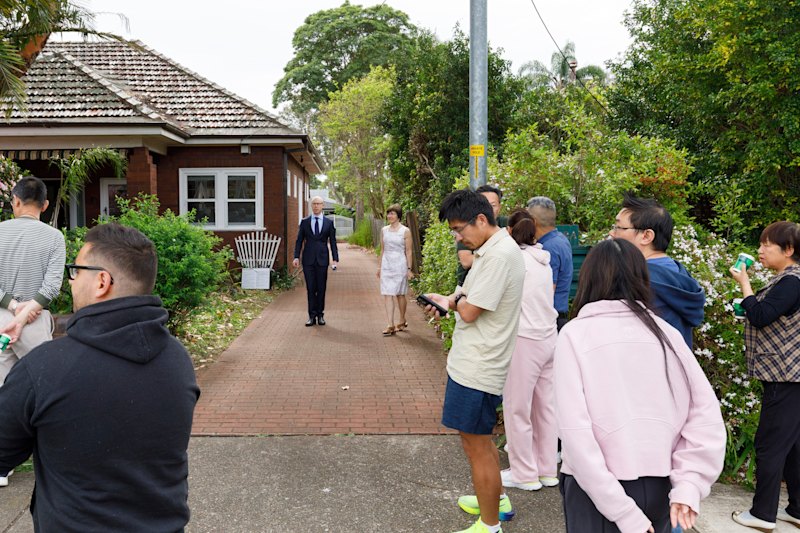The IDEA main prize shortlist: a David and Goliath contest

With entry into the ultimate prize in the annual Interior Design Excellence Awards (IDEA 2016) being by invitation only, the seven shortlisted finalists for the designer of the year gong compete on a level playing field.
With some of Australia’s largest and oldest architecture and design firms contesting with some small, comparatively newly established practices, equitable chances are only fair.
For instance, Melbourne’s Fiona Lynch Interior Design has only been operating for six years and, says Lynch, staff numbers recently “increased dramatically from four to six”.
Woods Bagot, originally established in Adelaide, now has 1000 staff spread across 17 studios on five continents and, says presenter Sue Fenton, “the global pool of expertise enables new and unseen typologies to be developed and imbued into projects – from $1 billion city Transit scales, to the smallest office space of 3×2 metres”.
Woods Bagot is loaded with individual and collective talent. So is Hassell, which was founded in the 1930s in Australia but now also works globally on big projects that, in this year’s presentation, included the hotel-style glamour of the West End London headquarters for a FTSE 100 listed mining company.
The big gun firms also have endless inventories of awards courtesy of the invested confidence of their deep-pocketed clients.
Australia’s second-oldest extant architectural firm, Bates Smart, was started in Melbourne in 1853 by the enduringly admirable Joseph Reed and his partner Frederick Barnes.
It has many heritage landmark buildings in central Melbourne to its credit and more recently awarded projects such as Canberra’s Airport Hotel, Dinner by Heston Blumenthal on Melbourne’s Southbank, and Adelaide’s plush Mayfair Hotel.
In the presentation it made to the IDEA jury a fortnight ago, Bates Smart explained a project that was a compete contrast in scale to all of those, and one almost entirely appointed in Douglas fir timber.
106 Flinders Street is a 95 square metre office space designed to be “tranquil” and to display exemplary wood craftsmanship. Talking of “an office with a residential feel” Bates Smart’s interiors team opted to use the singular timber for walls, ceiling and floors and the effect is outstanding in its minimalism without being clinical.
Sydney’s aesthetically influential interiors firm, Arent & Pyke is another smallish studio established nine years ago by Juliette Arent and Sarah-Jane Pyke. And while the studio has won past IDEA categories, this is the first year they have presented for designer of the year.
For the first time, too, they’ve discussed a commercial project. In an idiosyncratically colourful and original scheme they did out The Alex Hotel in Perth.
“The Alex made us distil our design ideas and conclude that our main focus is to bring the most beauty that we can to the environments our clients inhabit,” Pyke says. “We believe that the environments you live in really can help you find the joy in daily rituals.”
With offices in Melbourne and Sydney, and about 20 professionals working in the interiors studios, SJB Interiors is a middle-sized firm that has also won IDEA categories. “But,” says Sydney director Jonathan Richards, “winning an accolade such as designer of the year would be really special. It’s a very big thing.”
Russell and George is another of the smaller practices yet has offices in Melbourne and Italy, no less. In its presentation, it outlined expertise in event staging and its newest outing, furniture design.
The furniture foray was revealed in the “Millipede Lounge” that Byron George says is a 20-legged sofa “that is quite geometric. The powder-coated steel legs create a quilted effect on the back of the deep leather-clad sofa which is very comfortable.
“We made it to be a signature piece for, say, a hotel lobby.”
The winner of this main award among the 11 categories and five special awards will be announced at a gala event in Sydney in November. Meanwhile, for a full look at the shortlists see www.idea-awards.com.au
We recommend
States
Capital Cities
Capital Cities - Rentals
Popular Areas
Allhomes
More
- © 2025, CoStar Group Inc.







